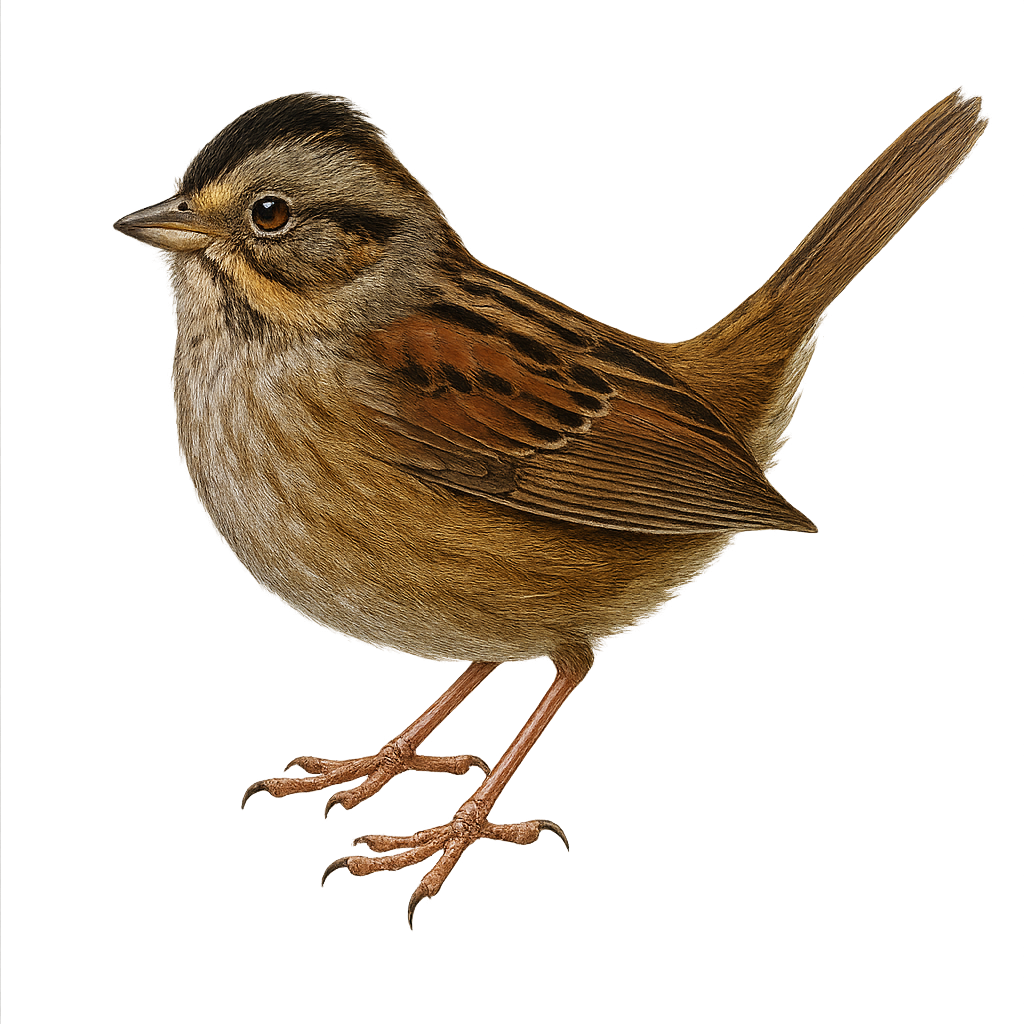Your wildlife photography guide.
Explore the swamp sparrow in detail, study its behavior, prepare your shots.
Where to observe and photograph the swamp sparrow in the wild
Learn where and when to spot the swamp sparrow in the wild, how to identify the species based on distinctive features, and what natural environments it inhabits. The WildlifePhotographer app offers tailored photography tips that reflect the swamp sparrow’s behavior, helping you capture better wildlife images. Explore the full species profile for key information including description, habitat, active periods, and approach techniques.
Swamp Sparrow
Scientific name: Melospiza georgiana

IUCN Status: Least Concern
Family: PASSERELLIDAE
Group: Birds
Sensitivity to human approach: Suspicious
Minimum approach distance: 10 m
Courtship display: April to June
Incubation: 12-14 jours
Hatchings: April to June
Habitat:
Marshes, lake edges, wetlands
Activity period :
Primarily active during the day, with peak activity in the morning and late afternoon.
Identification and description:
The Swamp Sparrow, or Melospiza georgiana, is a small passerine bird belonging to the family Passerellidae. It is primarily found in North America, frequenting wetlands such as marshes and lake edges. This sparrow is distinguished by its reddish-brown plumage on the back and gray on the belly, with a rusty cap and dark streaks on the wings. Known for its melodious song, it is often heard in spring and summer. The Swamp Sparrow is a migratory bird, wintering in the southern United States and Mexico. It feeds mainly on seeds, insects, and small invertebrates, which it finds by foraging in the moist ground.
Recommended lens:
400 mm – adjust based on distance, desired framing (portrait or habitat), and approach conditions.
Photography tips:
To photograph the Swamp Sparrow, it is advisable to use a telephoto lens of at least 400mm to capture detailed images without disturbing the bird. Marshes and lake edges are ideal places to observe it, especially at sunrise or sunset when the light is soft. Be patient and discreet, as this bird is suspicious. Use a tripod to stabilize your camera and wait for the bird to approach naturally. Choose windless days to avoid unwanted movements in the frame.
The WildlifePhotographer App is coming soon!
Be the first to explore the best nature spots, track rutting seasons, log your observations, and observe more wildlife.
Already 1 431 wildlife lovers subscribed worldwide

